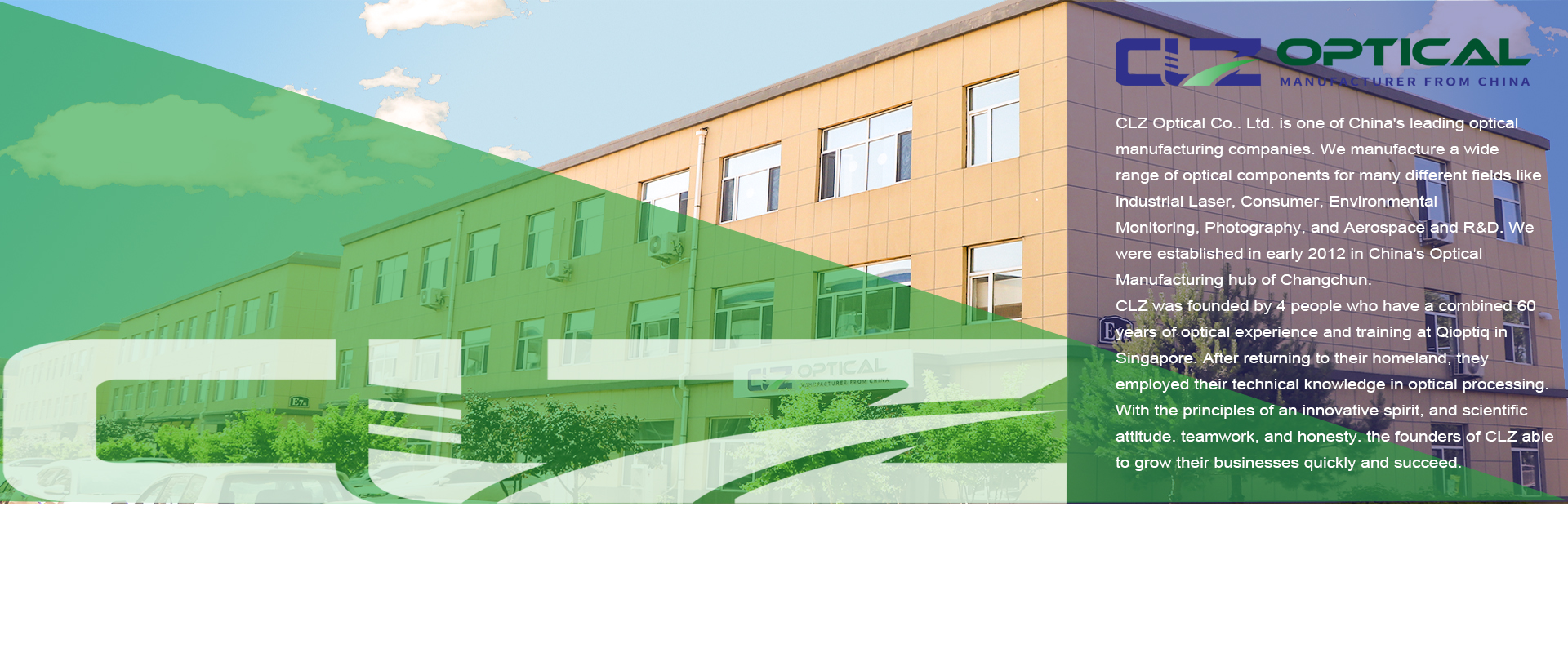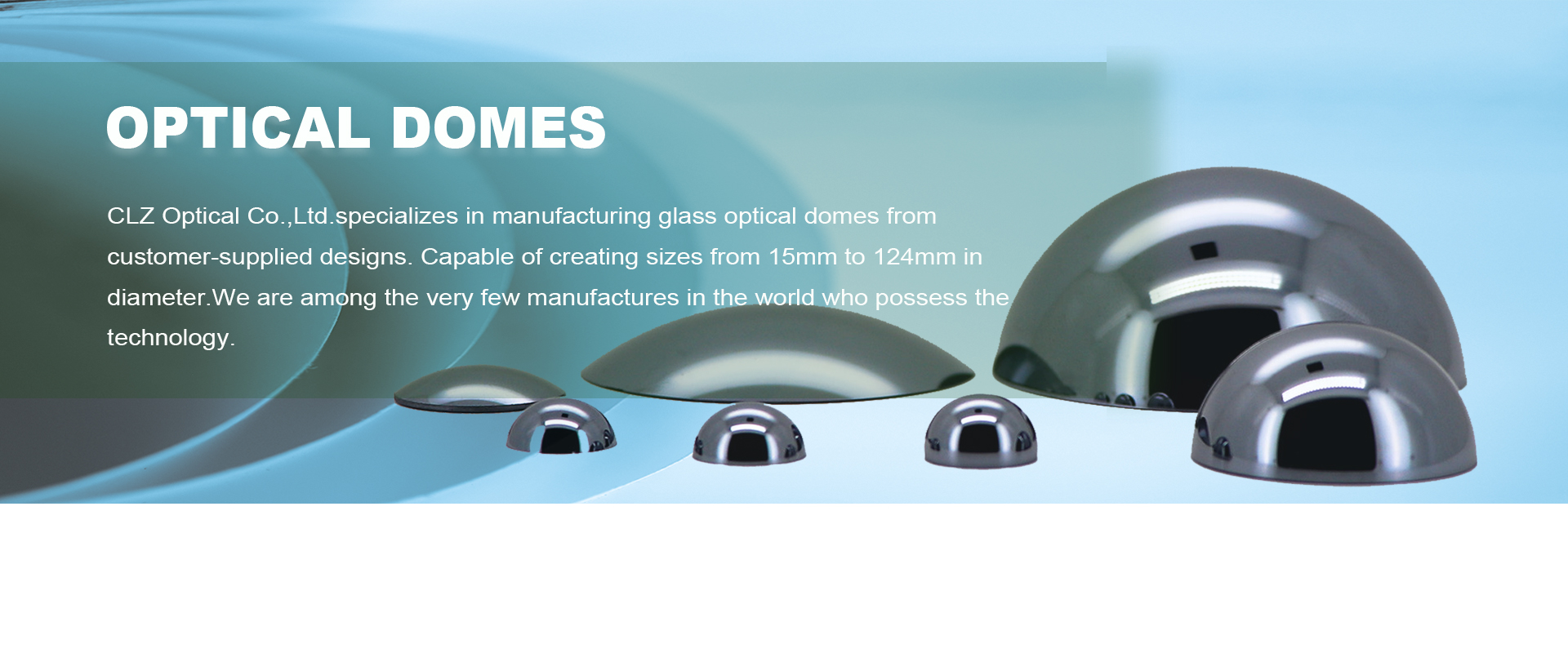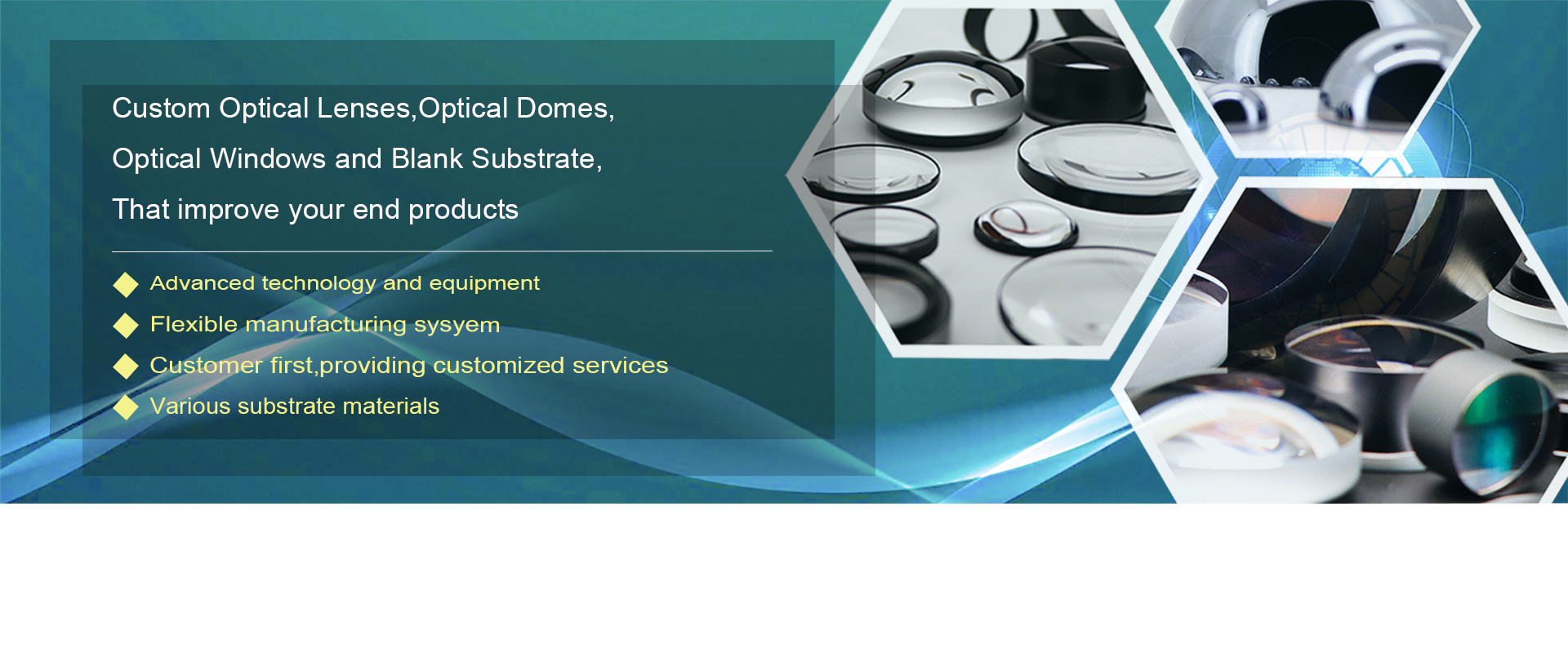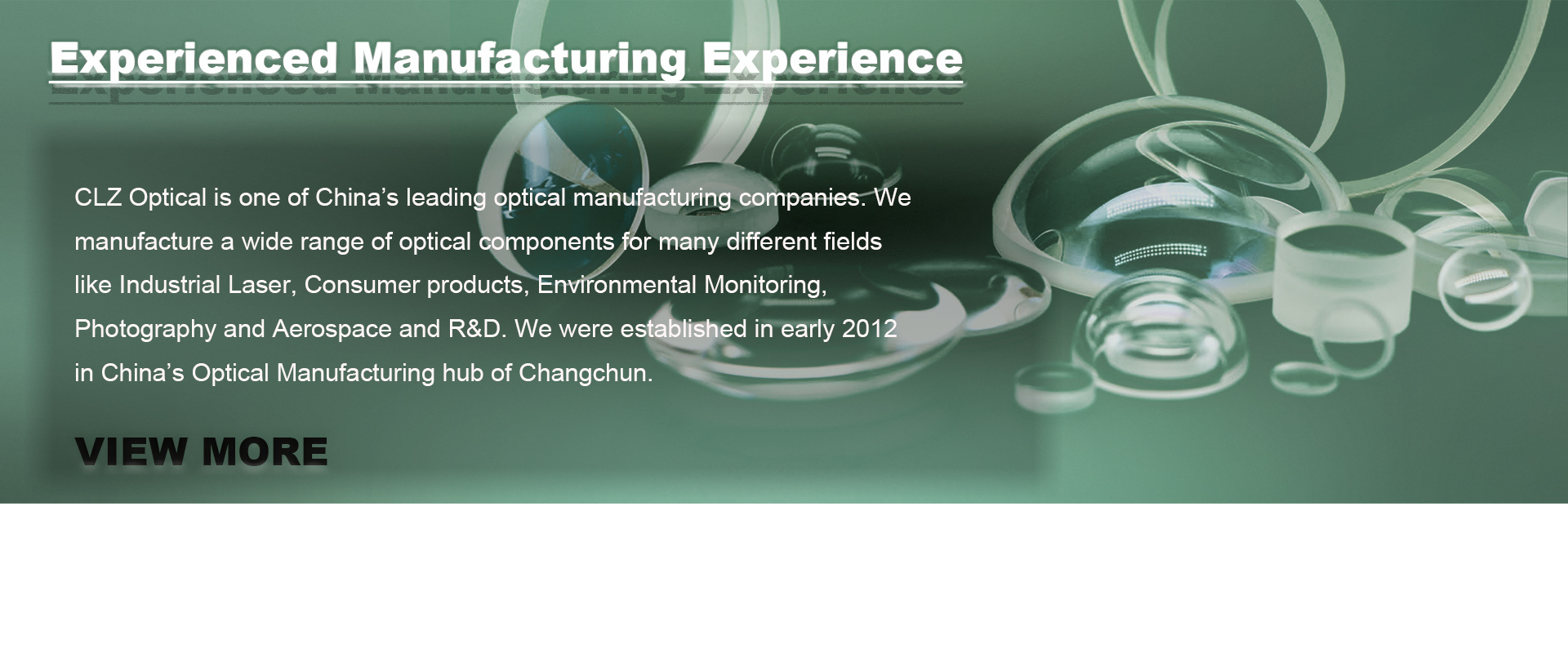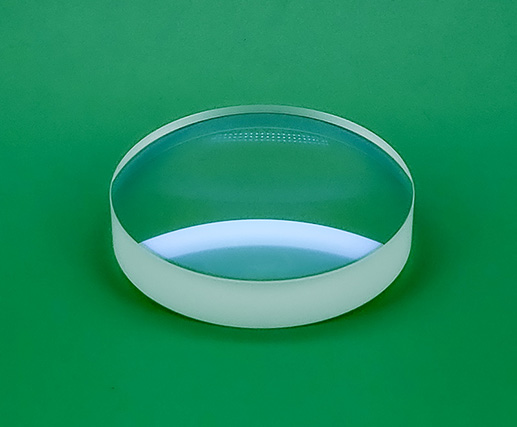Single layer magnesium fluoride coating
Single layer magnesium fluoride coating
Single layer magnesium fluoride coating
Magnesium fluoride is the earliest and most common optical coating material with excellent performance. After years of exploration and learning, CLZ Precision Optics Co., Ltd. has accumulated experience in how to improve the coating process of magnesium fluoride. We have so far formed a high-quality, economical and practical coating system. If you are looking for a reliable coating manufacturer, we are your right choice. Welcome to inquiry!
Magnesium fluoride anti-reflection coating has a low refractive index (N = 1.38), low optical loss, a transmission range of 120 nm to 8000 nm, high mechanical strength, and high laser damage threshold. Therefore, it is widely used in optical elements, especially ultraviolet optical elements. It is readily applied by vacuum deposition and forms a hard, durable coating.
Material | Refractive Index | Surface Reflectivity before coating | Surface Reflectivity after coating |
Glass without coating | - | 4% | 1.3% |
K9 | 1.52 | 4.25% | 1.3% |
BK7 | 1.517 | 4.25% | 1.3% |
Sapphire | 1.77 | 4.93% | 1.8% |
Applications:
According to different application fields, such as imaging optical systems, laser optical systems, optical instruments, fiber optic communications, laser technology, integrated optics, cold light sources and other high-tech fields, magnesium fluoride thin films can be plated on optical elements applied in the above different fields. The optical elements can be optical lenses, optical prisms, optical windows, and optical mirrors. Magnesium fluoride thin films play a role in reducing reflected light.
What factors affect the effect of magnesium fluoride coating?
Since its establishment, CLZ Precision Optics Co., Ltd. has continuously studied and explored high-quality, economical and practical coating technology, and has formed a mature coating system. According to your demands, we can provide you with high-quality single-layer magnesium fluoride AR coatings.
Main factors affecting the effect of magnesium fluoride coating
1. Thin film thickness and uniformity
The thickness of the film directly affects the anti-reflection effect of incident light at different wavelengths. The uniformity of the thickness of the film will directly affect the stability and reliability of the optical elements.
2. State of Magnesium Fluoride Raw Material
The powdered magnesium fluoride is a loosely deposited natural accumulation with a large number of pores between the particles and a large amount of crystal water. During premelting and coating, magnesium fluoride and water are liable to undergo a disproportionation reaction to produce magnesium oxide and hydrogen fluoride gas. Both pores and air escape will cause the vacuum degree to drop sharply or produce splashes, prolong the coating cycle and reduce the quality of the coating. The disproportionation reaction will result in a higher refractive index of the film.
Although the tablet-shaped magnesium fluoride eliminated some pores during the cold pressing process, the pores could not be completely eliminated due to the inability to release the pores and a small amount of crystal water was present. During the coating process, outgassing, splashing and film formation refractive index still occurred deviation.
Crystal magnesium fluoride is processed by vacuum low temperature pretreatment, high temperature degassing and other processes. The inside of the treated crystalline magnesium fluoride structure is uniform, which eliminates internal causes such as outgassing, splashing, and bad chemical reactions to the greatest extent, and optimizes coating conditions and film quality.
3. Evaporation quality of raw materials
Selecting the right quality of raw materials is very important for the anti-reflection performance of the film, and it is the prerequisite to obtain a film close to the ideal thickness (d = λ / 4N). The actual evaporation quality of the raw materials (different from the nominal evaporation weight) has a linear relationship with the film thickness d.
4. Evaporation source
For different raw materials, different evaporation methods should be selected to maximize the advantages of the vacuum evaporation method. For raw materials with smaller particle size or lower melting point (magnesium fluoride), thermal resistance is easier to control than electron beam evaporation. In the meanwhile, raw material pollution can be avoided.
5. Optical elements spacing and position
The substrate is placed in the center of the rotary turntable to be thicker and more uniform than the film deposited on the side part of the substrate.
Based on the above factors, CLZ Precision Optics Co., Ltd. has found effective solutions to ensure the quality of the coating. Besides, we test optical elements after coating by detecting equipment for technical support. We are looking forward to your inquiry, please contact:talia@clzoptics.com.










